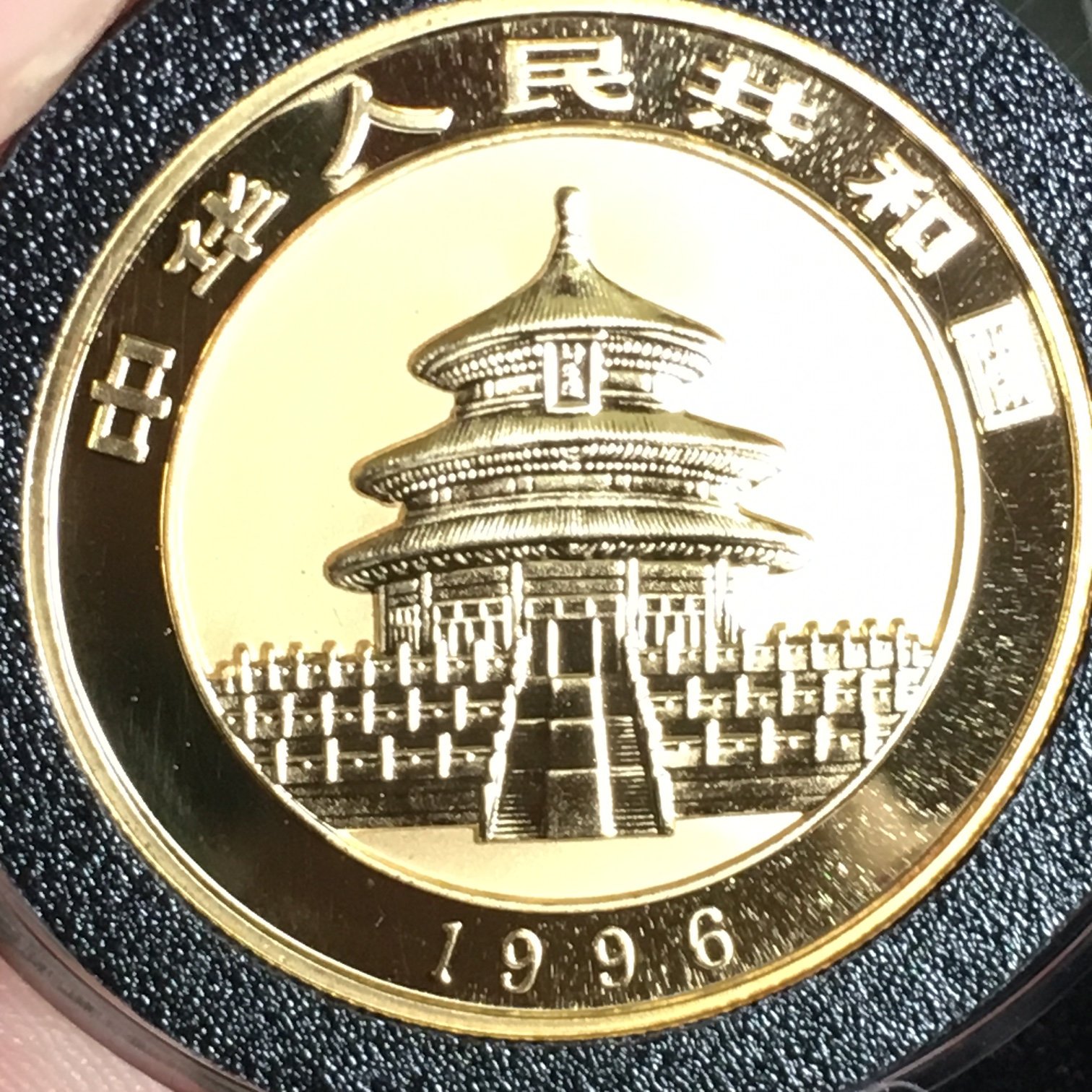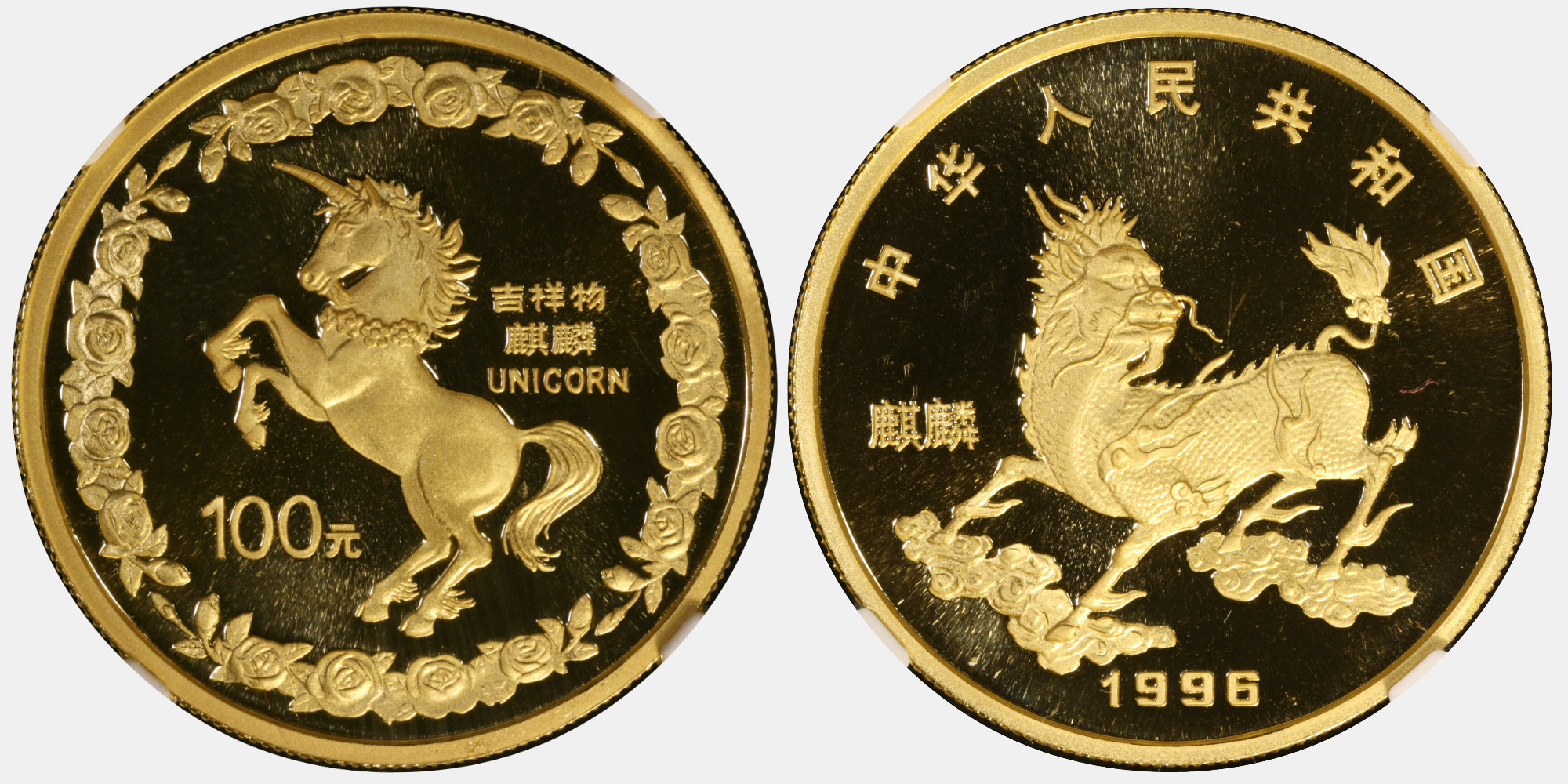Grading question..."spider web" in fields
 zski123
Posts: 261 ✭✭✭
zski123
Posts: 261 ✭✭✭
Sorry I've included a picture but I think someone can answer my question without a photo. What causes the fine "spider webs" that appear in the reflective fields of a proof coin? It's evident in the light as the coin is rotated. The coins weren't wiped or cleaned with both in the original capsules. I've seen this on other proof gold coins as well and typically on the larger.
Just curious...Also wondering if this is something which impacts the grade? Thanks much!
0
Comments
To the best of my knowledge (several authentication classes) "Spider Web" is ONLY USED to describe the pattern of crystals on the surface of some counterfeit coins. I know the person who introduced that term into numismatics in 1973.
The usual description to describe a common surface pattern seen on proof gold is "Orange Peel." I don't know who first used that terminology but is very descriptive.
Perhaps a member will post some images of the two different surfaces.
Here is a previous thread on Orange Peel, authored by @EagleEye: https://forums.collectors.com/discussion/899301/what-is-orange-peel/p1
Definitely not orange peel. I used the term spider web to provide a little visual. I see if I can't capture it in a photo.
The only other characteristic I've seen once on a Proof that could possibly mimic a web was on a BU Kennedy half. However, the tiny lines were raised, stringy and blocky. Authenticators who looked at the coin could not determine what caused them. It had to be some sort of die fatigue.
You also could be describing light line patterns ("crack"-like toning) arising from the reactivity of the non-gold part of the coin's alloy to improper storage. Original mint packaging is not air-tight and can leave some interesting patterns on the enclosed coins over time. A picture of what you are thinking about would probably be helpful...
Is this the effect you're talking about? If so, it's hairline die fractures from die fatigue.
8 Reales Madness Collection
Instagram: 8 Reales Numis
That looks more like static electricity. I wouldn't get too close to that Liberty Cap!
Here's a pic. I had to twist to draw out the effect on camera so the image isn't the best. The coin is a 1996 100 Yuan Proof Panda.
I am not seeing a spider web I am seeing little spatters, common on proof coins. I assume it is either on the die or more likely, stress to the metal surfaces from the striking process as it stretches outward.
The little dashes on the proof surface going in the direction of radials were also given a name back in 1973 by the same ANA authentication instructor. They are called "Spike Radials" and go into the coin's surface. These are very common on "modern" (after 1950's LOL) Proof coins and is one of the "clues" some use when making a distinction between MS or PR 19th Century nickel coins.
Totally consistent with the 1990s Chinese proofs. Must confess I never thought about it too much other than when taking this shot right before trading it away.
PF-69 UC

Nice coin. I didn't notice this on my 95 Proof Unicorn. Thanks all for you input!